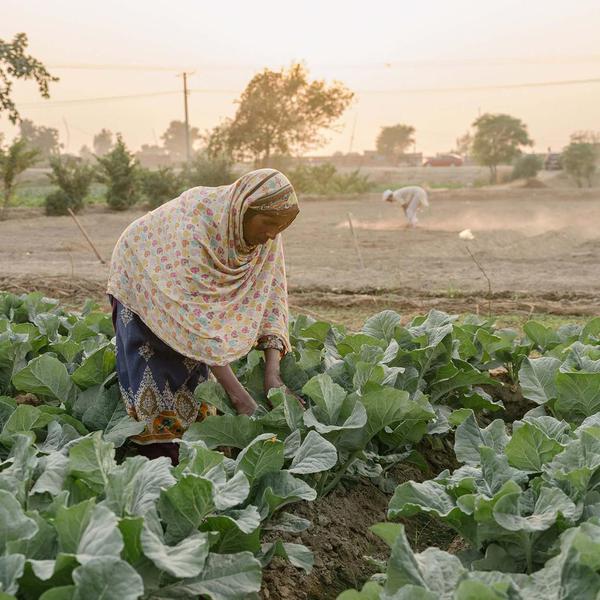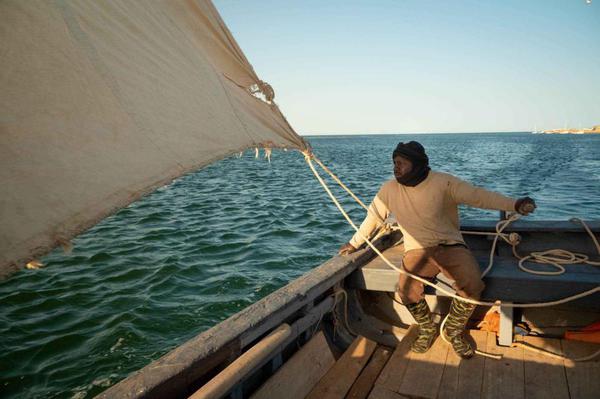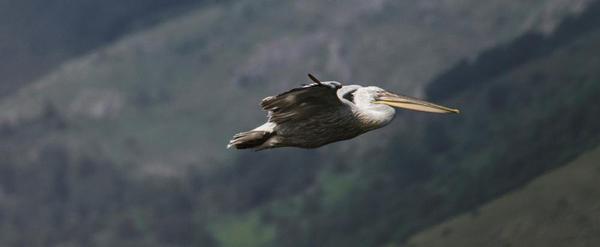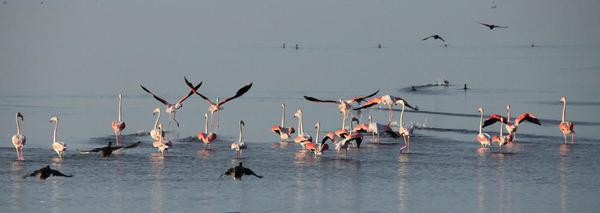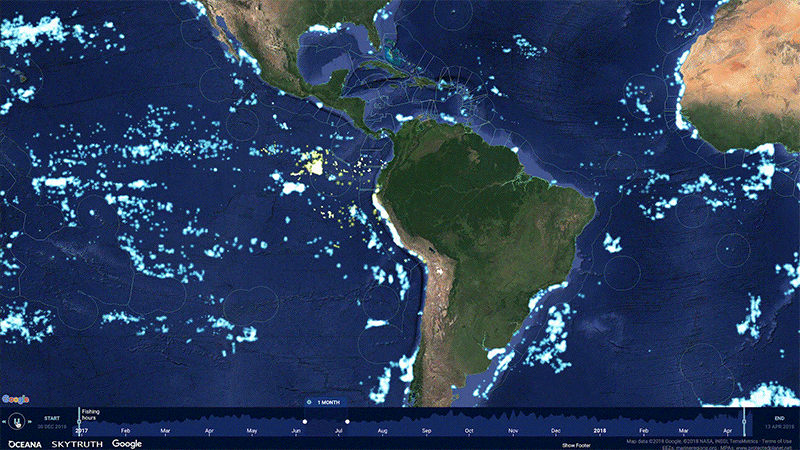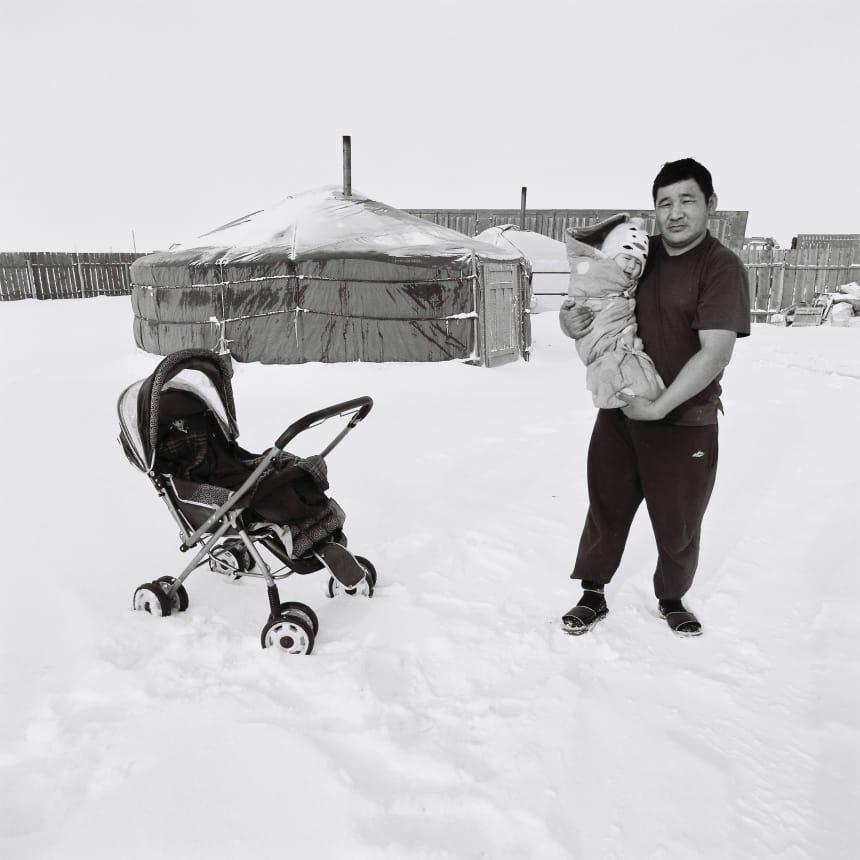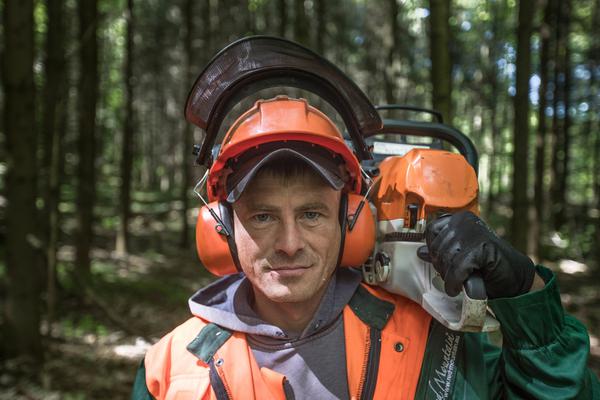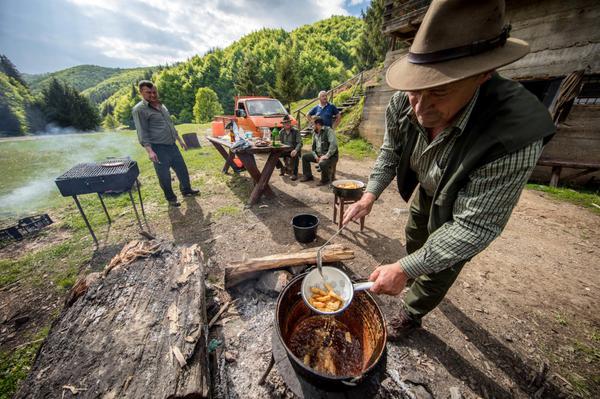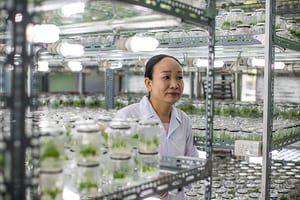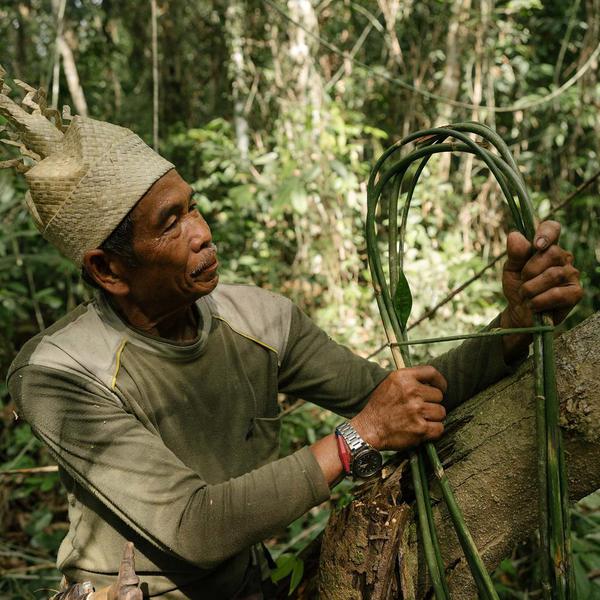
How rattan farmers in Borneo are saving the forest and orangutans
Today, only around half of Borneo’s original rainforest cover remains. Indigenous Dayak communities could hold the key to its survival, with traditional rattan production a lifeline for local people, the forest and wildlife. In Katingan District in Central Kalimantan, WWF and IKEA are working with them for people and planet.
Into the wild - Reaching the Kamipang water catchments area is a proper jungle journey into the heart of the peat swamp forest. Its final leg relies on narrow two-person canoes whose small smoky motors fizz and pop, protesting their load as they grind through shallow peaty canals at midnight. Headtorch beams penetrate the black, startling frogs and water skaters, and then surrender to flickering low voltage light, smiling faces and a broad dry deck.
“We chose this place because it’s some of the last remaining peat swamp forest in Central Kalimantan,” says Ibu Rosenda Chandra Kasih, WWF Programme Manager in Central Kalimantan. “It’s prime habitat for orangutans and a lot of other endangered wildlife.”
Starting off as a field and community officer, Sendy, as she’s known to her team, is an indigenous Dayak and has worked with WWF in Central Kalimantan in Indonesian Borneo for twenty years. The place is half a million hectares, recovering from historic illegal loggingv but its also home to around 6.000 orangutans.
